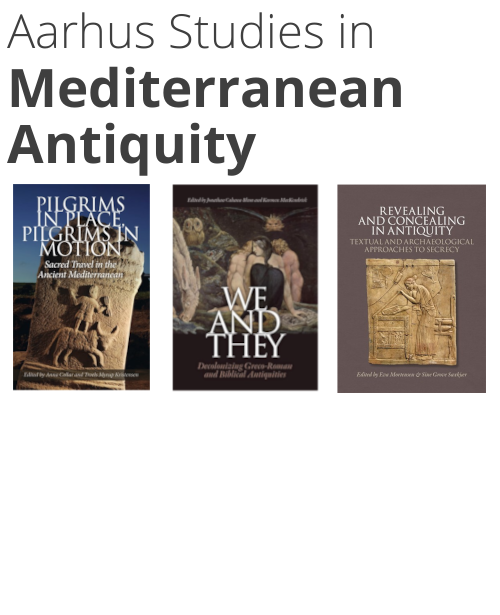
The Maussolleion at Halikarnossos. Reports of the Danish Archaeological Expedition to Bodrum
5. The Superstructure
A part of the series Jysk Arkæologisk Selskabs Skrifter (15) , and the subject area Archaeology (classical)
More about the book
About the book
Raised to honour Maussolos, a Persian satrap of the 4th century BC, the Maussolleion in Halikarnassos was renowned throughout the ancient world as one of its Seven Wonders. By 1522 the building had been completely torn down and reused to fortify a nearby castle.
Little else was known of the ancient monument until 1857, when C.T. Newton rediscovered the Maussolleion site. He removed what he could find of its sculptures - the source of the monument's original fame - to the British Museum, but while he answered some basic questions of structure, many were left unresolved, and his excavations jumbled much of the remaining materials.
The third major contribution to our understanding of the great mausoleum comes from the Danish excavations led by Kristian Jeppesen from 1966 to 1977. The results of these digs are analysed in The Maussolleion at Halikarnassos.
Vol. 5, The Superstructure
In Volume 5, Jeppesen tries to reconcile Pliny's account of the superstructure with recent archaeological finds. The passage in Pliny's Natural History has been corrupted by untold generations of copyists, and reconstructions have focused on producing a grammatically acceptable text, with little regard for consistency and sense.
Jeppesen compares variant readings from the 58 known manuscripts and then, using his familiarity with Pliny's style, a knowledge of Greek architecture and a good dose of common sense, he proposes a model that tallies with the new archaeological evidence.
The volume concludes with a survey of the architectural fragments held by the British Museum and the Maussolleion Museum in Bodrum.
Table of contents
Preface
1. Previous research
2. The Danish excavations 1970-77
3. Materials and technicalities
4. The Elder Pliny's description of the Maussolleion NH 36.30-31, and its archaeological implications
5. The foot unit used in the construction of the Maussolleion, and its metrological background
6. The interior of the Maussolleion
7. A survey of the most important recent finds and discoveries bearing on the reconstruction of the Maussolleion
8. The quadriga and its pedestal (cat. A and B)
9. The periphery of the colonnade and its co-ordination with the coffers and the Chariot frieze
10. The roof pyramid (cat. C)
11. The corner acroteria (cat. D)
12. The Lion Groups (cat. E)
13. The entablature (cat. F)
14. Columns and stylobate (cat. J)
15. The upper rear wall of the colonnade and the Chariot frieze (cat. H)
16. The sculpture bases of bluish limestone, a comparative analysis (cat. I and L)
17. The PTERON base (cat. I)
18. Ancestral portraits and other statuary set up in the PTERON (cat. I)
19. Podium cornice and Amazon frieze (cat. Ka-c)
20. The podium between the Amazon frieze and the upper Podium base (cat. Kd-e)
21. The upper Podium base of bluish limestone (cat. L)
22. The lower Podium base and its colossal sculpture groups (cat. M)
23. Crepidoma and euthynteria (cat. N)
24. The marble ceiling of the tomb chamber, and other addenda to vol. 4
25. Epilogue
26. Notes and registration numbers
27. Bibliography
28. Geoffrey Waywell: A catalogue of fragments of the free-standing sculptures from the Maussolleion at Halikarnassos in Bodrum Museum (with an appendix on statuary from the Maussolleion in other Turkish museums)
29. A catalogue of architectural members, friezes and free-standing sculptures incorporated in the reconstruction of the Maussolleion proposed in the present volume
Appended: folding plate with plan of the Quadrangle subdivided into 4x4m squares for the indication of find-spots, and with schematic drawing referring to the location of crucial parts of the Superstructure listed in the catalogue chapter 29
Press reviews
Frank Rumscheid Gnomon, Kritische Zeitschrift für die gesamte klassische Altertumswissenschaft
"Insgesamt bietet der Band eine grundlegende Erstpublikation solider archäologischer Forschung im Bereich des Maussolleions. Mehr noch: Einige Ergebnisse führen dazu, langgepflegte Forschungsmeinungen zur vormaussolleischen Nutzung des Areals und zu den Umständen der Haupstadtverlegung unter Maussolos neu zu überdenken."




